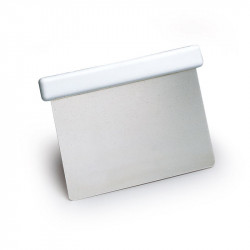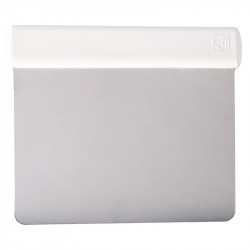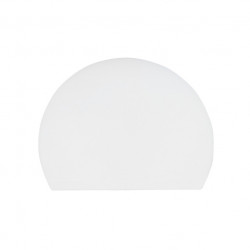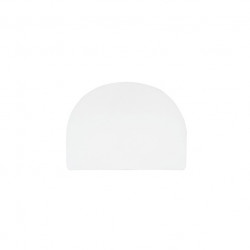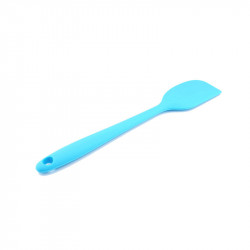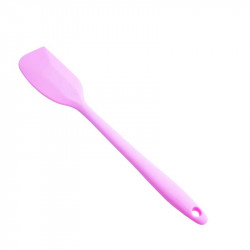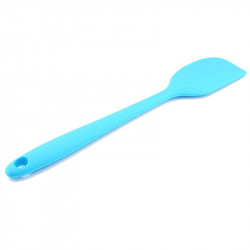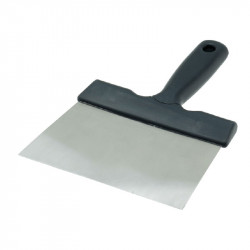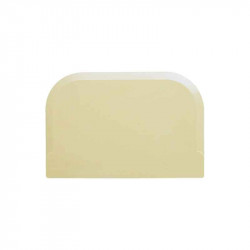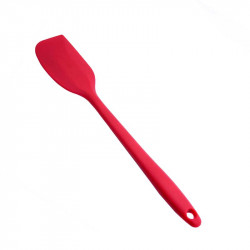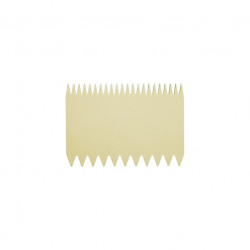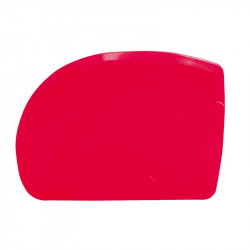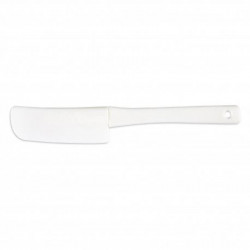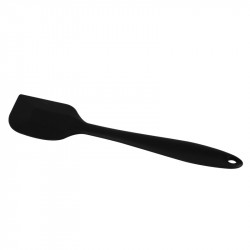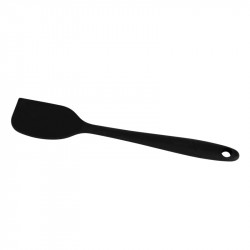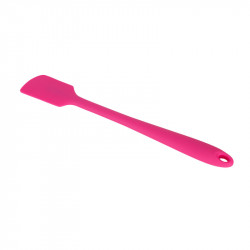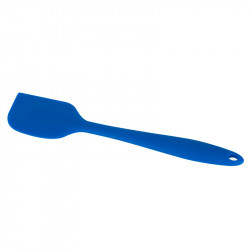-
MenuBack
-
Online Store
-
-
-
-
-
Leer
- Couverture
- Temperature control units
- Aids for chocolate
- Chocolate molds
- Praline fillings
- Chocolate ingredients
- Praline hollow body
- Chocolate colors
- Chocolate tattoos
- Chocolate packaging
- Bean to Bar
- Material for cutting chocolates
- Batons with Kirsch
- Airbrush for chocolate
- High Heels Accessories
- Textured films for chocolate
- Chocolate fountain & fondue
-
-
-
-
-
Kuchen & Torten
- Cakes Fillings & Ingredients
- Fondant & Marzipan
- Cakes tools
- Cake rings
- Silicone molds
- Baking pans for cakes
- Cake stand
- Cakes packaging
- Airbrush for cakes
- Sugar flowers accessories
- Cake Topper & Wedding Figurines
- Cakes dummies
-
-
-
-
-
-
-
-
-
-
-
-
-
-
-
-
-
-
-
-
-
-
-
Füllungen
- Baking chocolate
- Glucose & Sorbitol
- Cocoa beans
- Cocoa nibs
- Monin syrup
- Champagne & Alcohols
- Freeze dried fruits
- Cake & cake glaze
- Flours & baking ingredients
- Chocolate coating & chocolate
- Milk powder
- Granules
- Nuts & Nougat
- Fruit puree
- Creams & Fillings
- Egg yolk & egg white
- Fruit powder
- Special ingredients
- Fondant & Flower Paste
-
-
-
-
-
-
-
- Punching, cutting & embossing
- Mixing bowls & whisks
- Chocolate material
- Thermometer & Burner
- Gloves & Protective Material
- Smoothing & Modeling
- Roll out bar
- Dough scraper & horn
- (Flour) sieves
- Cake turntable
- Spatula & Spatula
- Silicone embossing molds
- Insert strips & cake slices
- Brushes & Tweezers
- Measuring cup
-
-
-
-
-
-
-
-
-
Ausstechformen
-
-
-
-
-
-
-
-
-
Courses
-
-
kurse
- Current courses
- Praline courses
- Chocolate courses
- Chocolate kiss course
- Macaron courses
- Cake courses
- Baking courses
- Patisserie courses
- Ice cream course
- Guetzli, Cookie & Confectionery Courses
- Bread courses
- Pasta courses
- Apéro course
- Cupcakes courses
- Éclair course
- Courses in Zurich - Adliswil
- Children's courses
-
-
- Team Events
- Hen Night
- Retail Store
-
About Us
-
-
-
DirectionsDownload relevant PDF now.
-
-
-
Recipes blog
-
-
Recipes Blog
-
-
-
Shipping and Payment
-
-
Versand/Zahlung/Impressum
-
-
- Online Shop
-
- Novelties
- Sale
- Chocolate and chocolates
- Couverture
- Temperature control units
- Aids for chocolate
- Chocolate molds
- Praline fillings
- Chocolate ingredients
- Praline hollow body
- Chocolate colors
- Chocolate tattoos
- Chocolate packaging
- Bean to Bar
- Material for cutting chocolates
- Batons with Kirsch
- Airbrush for chocolate
- High Heels Accessories
- Textured films for chocolate
- Chocolate fountain & fondue
- Couverture
- Gifts Cards
- Stencils & Stencils
- Cakes & Pies
- Ice cream
- Bread
- Macarons
- Hearty
- Recipe booklets & books
- Cupcakes
- Dessert
- Cake Pops
- Edible decorations
- Fillings & Ingredients
- Glucose & Sorbitol
- Cocoa beans
- Baking chocolate
- Cocoa nibs
- Monin syrup
- Champagne & Alcohols
- Freeze dried fruits
- Cake & cake glaze
- Milk powder
- Flours & baking ingredients
- Chocolate coating & chocolate
- Granules
- Nuts & Nougat
- Fruit puree
- Creams & Fillings
- Egg yolk & egg white
- Fruit powder
- Special ingredients
- Fondant & Flower Paste
- Food Colors
- Auxiliary means
- Spouts & piping bags
- Fondant, marzipan, flower paste
- Bakeware
- Aprons & Potholders
- Cookie cutters
- Season
- Candles
- Party accessories
- Tableware
Pastry cutter
There are 31 products.
Active filters
What do you need a pastry cutter for?
A pastry cutter is a kitchen tool used to divide dough into even portions or scoop it out of a container. It is often used when baking cookies, cookies, muffins or cupcakes. The dough cutter allows dough to be portioned quickly and evenly, resulting in uniformly baked and attractive finished products. It is also useful for removing dough from the container more easily and cleanly without using your hands. Overall, a dough scraper makes baking easier and ensures consistent results.
What are the different pastry cutters and which pastry cutters are the best?
There are several types of dough cutters, all of which are used to divide dough into even portions. The most common types include:
1. Ball Shaper: This type of dough cutter shapes dough into even balls. It is ideal for cutting dough for rolls or balls.
2. Spoon Shaper: This type of dough cutter has an elongated shape and is good for portioning dough for cookies or muffins, among other things.
3.. scraper: This type of pastry cutter resembles a spatula and is used to scrape dough from a surface and divide it into even pieces.
It's difficult to say which pastry cutter is best because it depends on several factors, such as personal taste, the type of dough and how you plan to use it. Some may prefer the ball former for rolls, while others prefer the spoon former for cookies. It is recommended to try different types to find the one that best suits individual needs.
What kind of material should a sturdy pastry cutter be made of?
A robust pastry cutter should ideally be made of stainless steel or another high-quality, rustproof and durable material. This makes it particularly resistant to mechanical stress and allows it to be used at high temperatures without losing its shape or bending. Plastic pastry cutters are also available, but they are not as sturdy and durable as models made of metal.
What is the best way to clean a pastry cutter?
There are several ways to effectively clean a pastry cutter:
1. Wipe it down immediately: After using the pastry cutter, wipe it down immediately with a clean cloth or paper towel to remove all dough residue. This will prevent the dough from drying and becoming difficult to remove.
2. Soak: If the dough has already dried or is not easy to wipe off, you can soak the dough scraper in warm water. Add some dishwashing liquid and let the pastry cutter soak for a few minutes to loosen the dough.
3. Use a brush: If the dough cannot be completely removed yet, use a soft brush or a pastry cloth to brush off the remaining dough.
4. Dishwasher: Most pastry cutters are dishwasher safe. However, check the directions beforehand to make sure this applies to your pastry cutter. Place the pastry cutter in the cutlery drawer or top shelf of the dishwasher and wash on an appropriate cycle.
5. Let dry: After you have cleaned the pastry cutter, allow it to dry thoroughly before placing it back in the cabinet. This will prevent moisture from remaining in the spatula and promoting bacterial growth.
It is important to clean the spatula thoroughly to ensure hygienic use and to avoid contamination.
Difference between plastic dough scraper and stainless steel dough scraper?
The difference between a plastic dough scraper and a stainless steel dough scraper is mainly in the material and features.
Plastic dough scrapers are made of plastic, which makes them lightweight, flexible and often heat resistant. They can come in a variety of shapes and sizes and are often less expensive than their stainless steel counterparts. Plastic pastry cutters are usually dishwasher safe and easy to clean. However, they tend to wear out over time and can also absorb odors and discolorations.
Stainless steel pastry cutters, on the other hand, are made of stainless steel, which makes them sturdier, more durable and sturdy. They are often slightly heavier than plastic pastry cutters and usually have a polished surface that is easy to clean and does not absorb odors or discoloration. Stainless steel pastry cutters are also usually dishwasher safe. However, they tend to be more expensive than plastic pastry cutters and can cause scratches when used on delicate surfaces.
Ultimately, the choice between a plastic pastry cutter and a stainless steel pastry cutter comes down to personal preference. If one is looking for an inexpensive and flexible option, a plastic pastry cutter might be the best choice. However, if one prefers a sturdy and durable tool, a stainless steel pastry cutter is a better option.
Order online now or stop by our bakery store and buy your pastry cutter! The right tool for your doughs.
When do you need a comb scraper when baking?
A comb scraper is especially useful in baking when removing dough residue from work surfaces or bowls. Since dough is often sticky, a comb scraper can be used to loosen it from surfaces more easily. The serrated edge of the comb scraper helps to efficiently loosen dough and leave no residue behind. A comb scraper can also be used to smooth surfaces or to draw patterns in the dough.
When should a dough scraper be flexible and not stiff?
A dough scraper should be flexible when scraping dough out of bowls or containers. Flexibility makes it easier to scrape dough from the sides and bottom of the bowl. A flexible dough scraper also makes folding and kneading dough easier.
A dough scraper should not be stiff if you want to roll or shape dough on a work surface. In this case, you need a scraper with a firm edge to cut or shape the dough precisely. A stiff dough scraper is also good for mixing ingredients or working with firm doughs.
So, it is important to choose the right dough scraper depending on the purpose of use. Flexibility and stiffness are properties that are each advantageous in different situations.
How big should a dough scraper or pastry cutter be?
A dough scraper or pastry cutter should usually have a width of about 4 to 6 cm. However, the exact size depends on the type of dough and the desired use. A smaller dough scraper can be used for small portions or delicate work, while a larger dough scraper is recommended for large quantities or sturdier doughs. It is also important that the dough scraper is sturdy enough to withstand the dough without bending or breaking.
What is the difference between a dough horn, dough scraper, horn, comb scraper and metal horn?
A dough scraper, also known as a dough scraper or dough bowl scraper, is a tool used to mix, lift, fold and scrape dough in a bowl. It is usually made of flexible plastic or silicone and has a curved shape with a flat, rounded edge.
A dough scraper, or dough portioner, is used to cut and shape even portions of dough. It consists of a round or oval cutting tool with a handle and may be made of metal or plastic.
A horn, or baker's horn, is a tool often used to fold dough. It is similar to the dough horn, but is usually made of horn or plastic and has a flat, triangular shape with rounded corners.
A comb scraper is a tool used for smoothing and cleaning work surfaces. It is usually made of metal and has a crested edge on one side for removing dough or food residue.
A metal scraper is similar to a dough scraper, but is made of metal instead of plastic or silicone. It also has a curved shape to better fit into bowls and scrape off dough. Metal horns are often sturdier and more durable than plastic horns.
Overall, these tools are used in the kitchen to help work with dough, but they have small differences in terms of material, shape and intended use.

